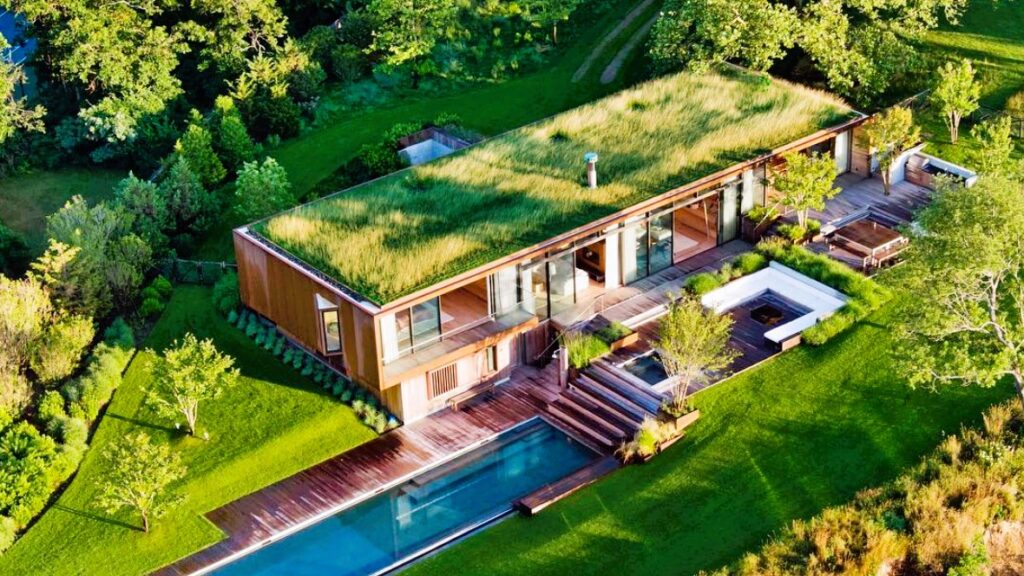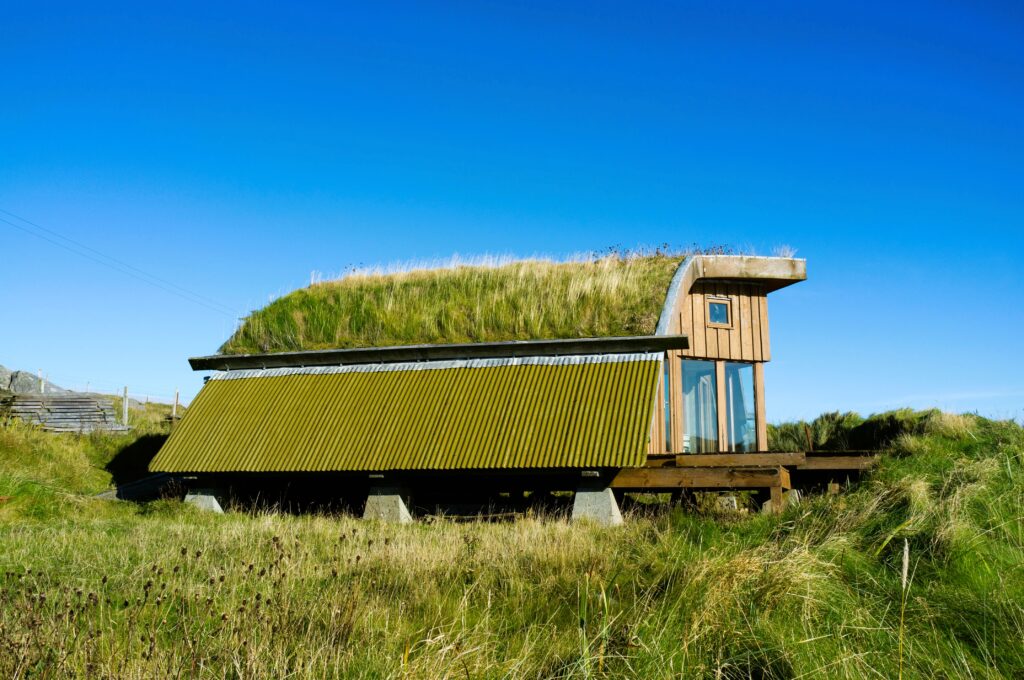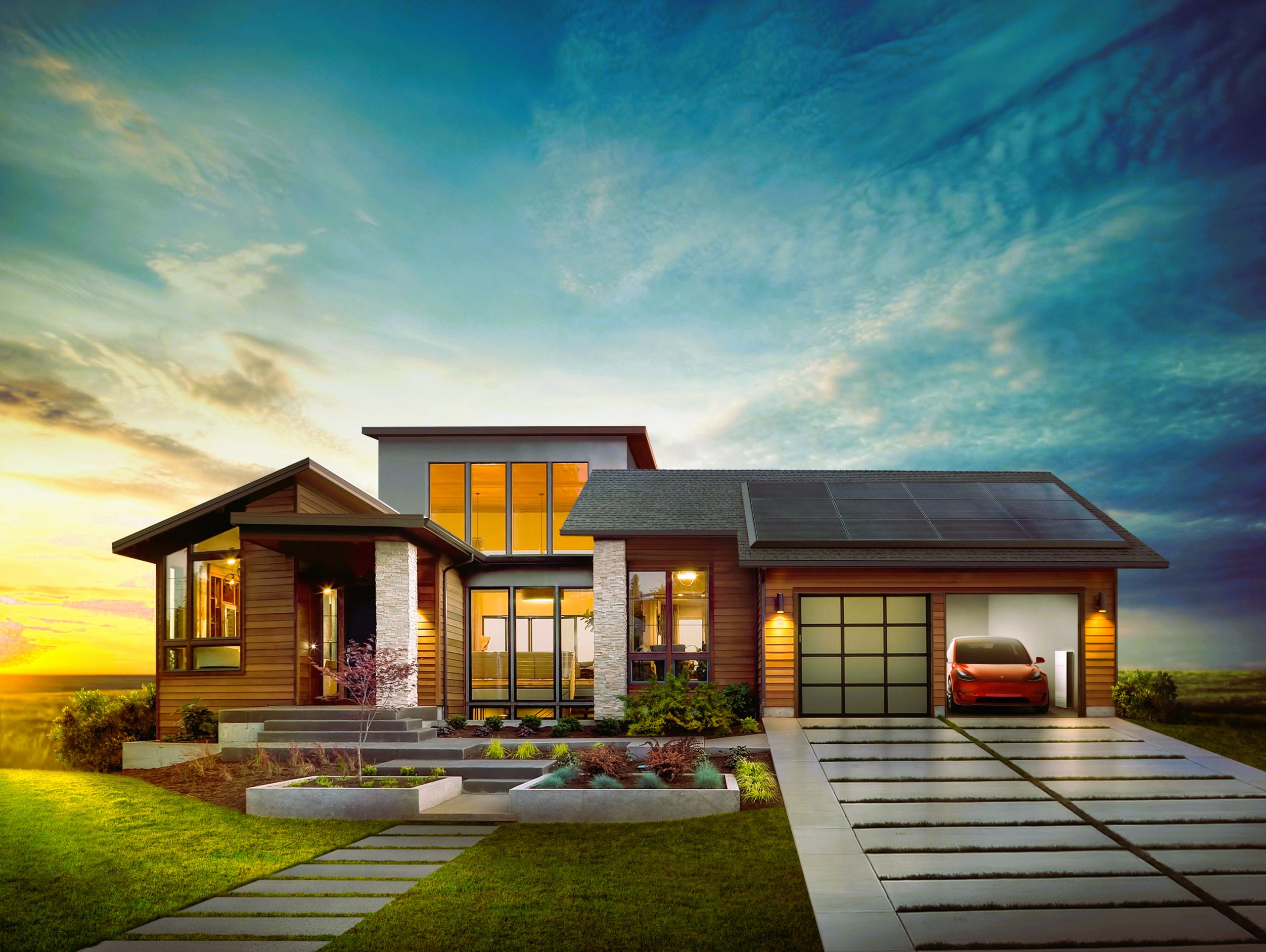In an era where environmental sustainability is at the forefront of our concerns, building a cottage in harmony with nature has never been more critical. Sustainable cottage construction not only minimizes the impact on the environment but also ensures that your cottage remains a haven for generations to come. In this article, we’ll explore the principles and eco-friendly choices that can guide you in creating a sustainable and environmentally responsible cottage retreat.
Understanding Sustainable Cottage Construction
Sustainable cottage construction, often referred to as “green building,” is an approach that prioritizes resource efficiency, energy conservation, and minimal environmental impact throughout the construction process and during the lifetime of the cottage.
This approach encompasses several key principles:
1. Site Selection and Design: Choosing the right location for your cottage is the first step towards sustainability. Site selection should consider factors like minimizing disruption to natural habitats, preserving trees and vegetation, and avoiding areas prone to erosion or flooding.
2. Energy Efficiency: An eco-friendly cottage is an energy-efficient one. Incorporating passive solar design, high-quality insulation, energy-efficient windows, and appliances can significantly reduce energy consumption.

3. Water Efficiency: Sustainable cottages often feature water-saving fixtures, rainwater harvesting systems, and wastewater treatment solutions to minimize water usage and reduce the impact on local water resources.
4. Sustainable Materials: Using locally sourced and sustainable building materials is essential. This reduces the carbon footprint associated with transportation and supports responsible forestry and manufacturing practices.
5. Renewable Energy: Many eco-conscious cottage owners opt for renewable energy sources such as solar panels, wind turbines, or hydroelectric generators to power their cottages.
6. Waste Reduction: Minimizing construction waste through recycling and reusing materials can significantly reduce the environmental impact of cottage construction.
7. Indoor Air Quality: Sustainable cottages prioritize indoor air quality by using low-VOC (volatile organic compounds) paints and finishes and providing proper ventilation to ensure a healthy living environment. Do you like the article? Read also about the foundation of a cottage.
Eco-Friendly Choices for Sustainable Cottage Construction
Now, let’s dive deeper into some specific eco-friendly choices and practices for sustainable cottage construction:
1. Passive Solar Design: Passive solar design takes advantage of the sun’s natural energy for heating and cooling. It involves strategic placement of windows, thermal mass, and insulation to optimize temperature control.
2. Sustainable Wood: When using wood, opt for sustainably harvested or certified wood products, such as those certified by the Forest Stewardship Council (FSC).
3. Efficient Insulation: High-quality insulation not only reduces energy consumption but also ensures year-round comfort. Look for insulation materials with high R-values for optimal thermal performance.
4. Energy-Efficient Appliances: Choose ENERGY STAR-rated appliances and lighting fixtures to reduce electricity consumption.
5. Green Roofing: Consider green or living roofs, which feature vegetation that not only provides insulation but also absorbs rainwater and reduces runoff.
6. Low-Impact Septic Systems: Use advanced septic systems that treat wastewater on-site, reducing the impact on local water bodies.

7. Renewable Energy Sources: Explore options for incorporating renewable energy sources, such as solar panels, to generate clean and sustainable power.
8. Rainwater Harvesting: Collecting rainwater for non-potable uses like irrigation can help conserve freshwater resources.
9. Responsible Landscaping: Implement landscaping practices that promote native vegetation, reduce water use, and minimize the need for chemical fertilizers and pesticides.
10. Maintenance and Durability: Build with longevity in mind. Durable materials and regular maintenance can extend the life of your cottage and reduce the need for replacements.
Resources for Sustainable Construction Standards
For detailed information on sustainable construction standards and practices in Canada, you can refer to the official website of the Government of Canada. Additionally, you can explore Wikipedia’s article on Sustainable Construction for a comprehensive overview of the topic.
In conclusion, sustainable cottage construction is not only an environmentally responsible choice but also a way to create a cottage that offers lasting comfort and enjoyment while minimizing its impact on the natural world. By making eco-friendly choices and adhering to sustainable building principles, you can ensure that your cottage is a true sanctuary for you and future generations to enjoy.

